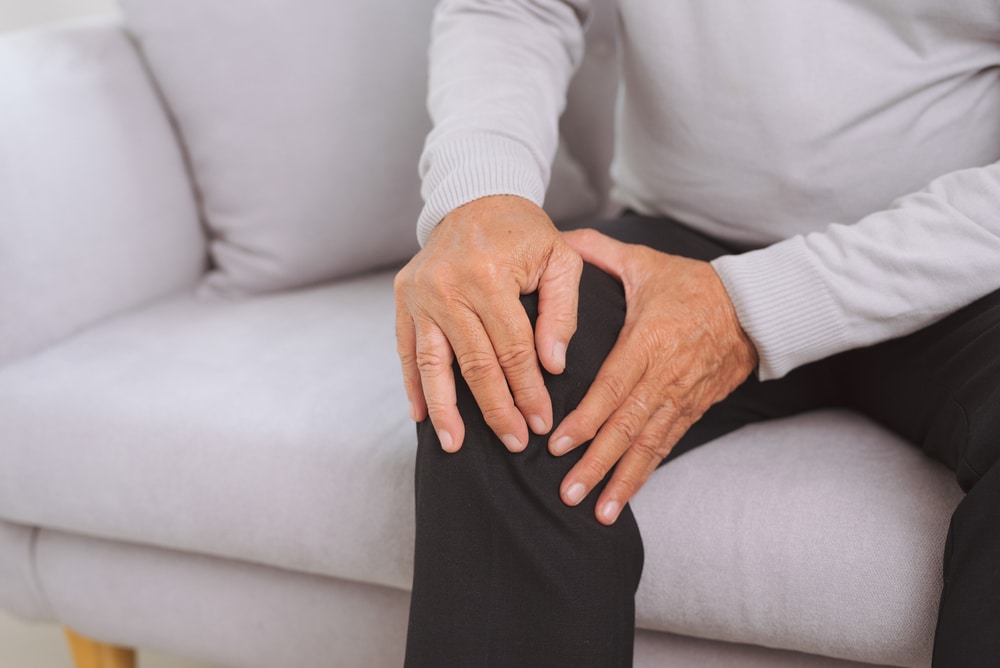Osteoarthritis Symptoms: What Happens If Osteoarthritis Is Left Untreated?
Though there are several types of arthritis, osteoarthritis is the most common, affecting millions of people around the world. This form of arthritis is caused by the wearing down of the cushioning cartilage between the bones, causing them to rub together. This leads to a variety of osteoarthritis symptoms, which can be mild to severe, depending on the extent of the damage.
Seek medical advice if you have osteoarthritis as this article is only for educational purposes. Talk to your doctor about treatment plans. There are also some rehab therapies available to help you with your everyday tasks and physical therapy to strengthen the muscles around the affected joint and increase your flexibility.

Osteoarthritis Symptoms
There are several osteoarthritis symptoms that can develop, though not everyone experiences all of them. These symptoms can be mild or become more severe over time. The main sign of osteoarthrosis is pain in the affected joint. This pain can become more pronounced when the joint is used repeatedly throughout the day.
Stiffness may be noted after a period of inactivity or when waking up in the morning. There could also be some tenderness if light pressure is applied on or near the joint. Inflammation can lead to swelling in the joint or you may lose flexibility, preventing the full range of motion you were previously capable of.
Another symptom of osteoarthritis is a grating sensation when the joint is used, which could be accompanied by crackling or popping. This is caused by the bones rubbing together with no cushion between them to reduce friction. This can also lead to bone spurs, which are hard lumps of bone that form around the joint.
Osteoarthritis complications
There are a few complications that can arise from osteoarthritis symptoms that you may need to watch out for. The main ones are chronic pain and stiffness, which can make it difficult to do your usual daily tasks. This pain can also lead to difficulty sleeping and possibly to depression when you realize the limitations to what you can do.
There are also a few more severe complications, though these are not as common. Osteoarthritis could lead to chondrolysis, which is a complete breakdown of the cartilage, leading to loose joint tissue material. Osteonecrosis, which is bone death, is another possible issue.
Repeated stress or injury could cause stress fractures, which are hairline cracks in the bone near the affected joint. Other issues could include pinched nerves, bleeding or infection in the joint, or deterioration of the ligaments or tendons, resulting in a loss of stability.
What foods should be avoided?
A healthy diet can help you manage your osteoarthritis symptoms, though there are no foods that can repair the damage that’s already occurred. There are a few that you may want to avoid, though, to help reduce inflammation and lessen the pain. These include processed sugars, saturated fats, and refined carbohydrates. All these items can increase inflammation, as well as cause weight gain, which can cause excess strain on all of your joints, whether affected by osteoarthritis or not.
This article is for educational and informational purpose only and does not substitute for professional medical advice. For any questions about your own health condition, speak to a qualified physician or healthcare provider.







Leave A Comment